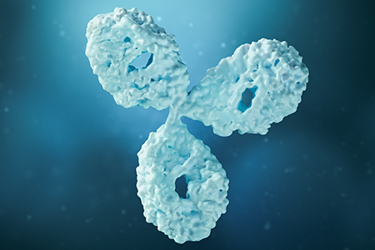HCP Detection And Quantitation: A Review Of ELISA, MS And Antibody Affinity Extraction Immunoaffinity Chromatography
By Ellen Williams Digital Editor, Bioanalysis Zone

Recombinant proteins, used for vaccines and antibody-based therapeutics, are produced using genetically modified host systems and recombinant DNA technology. These host cells also produce Host Cell Proteins (HCPs), which can vary and may induce unwanted immune responses in patients or reduce drug efficacy. Therefore, monitoring and controlling HCPs is essential. Techniques for detecting and quantifying HCPs include Enzyme-Linked Immunosorbent Assays (ELISAs) and mass spectrometry (MS). Antibody Affinity Extraction (AAE) immunoaffinity chromatography is also used to assess HCP polyclonal antibody coverage. HCP ELISA provides a total value for HCPs in the final drug substance, while MS identifies and quantifies the total HCP number. However, HCPs exist in lower concentrations than the biotherapeutic substance, so AAE is recommended to enrich HCPs and deplete the drug substance prior to MS analysis. Although full HCP characterization downstream isn't currently regulated, it's seen as valuable by manufacturers and regulators. The combination of ELISAs, MS, and AAE chromatography can provide a clearer HCP profile and establish meaningful thresholds for HCPs, ensuring patient safety and drug efficacy.
This content was created and published by Bioanalysis Zone.
Get unlimited access to:
Enter your credentials below to log in. Not yet a member of Bioprocess Online? Subscribe today.
